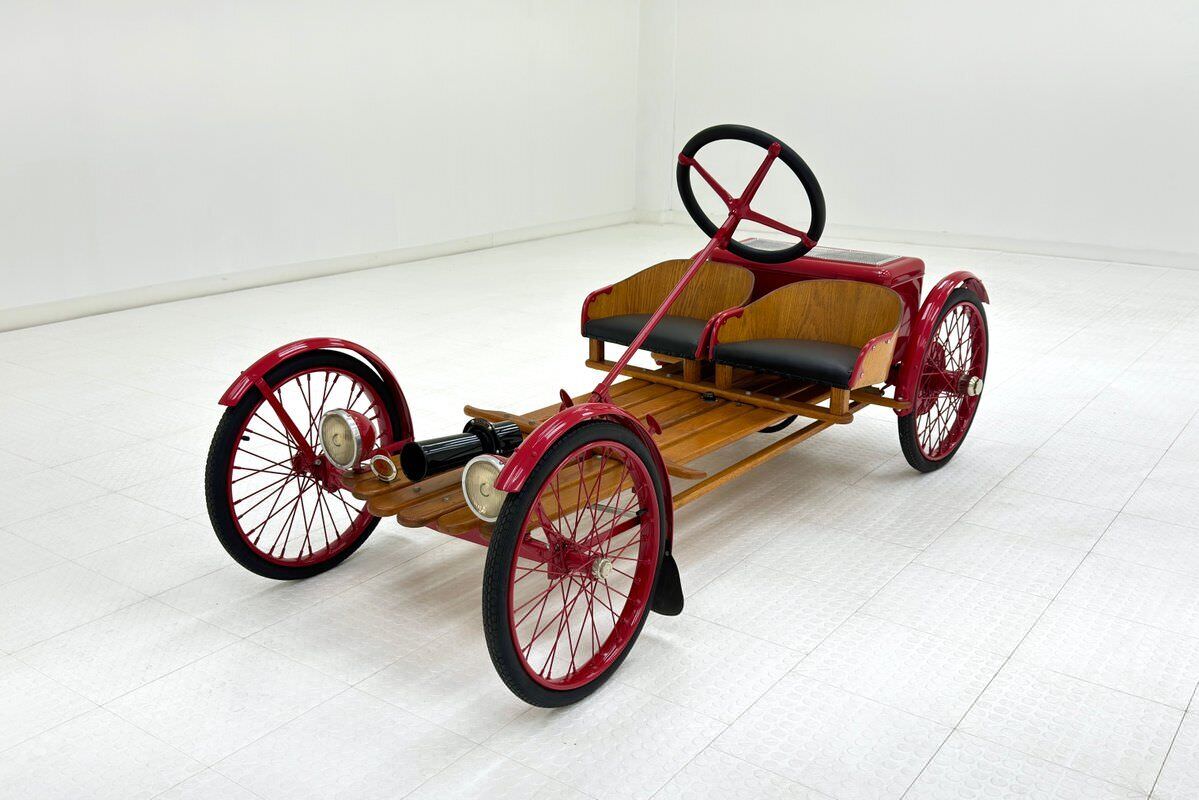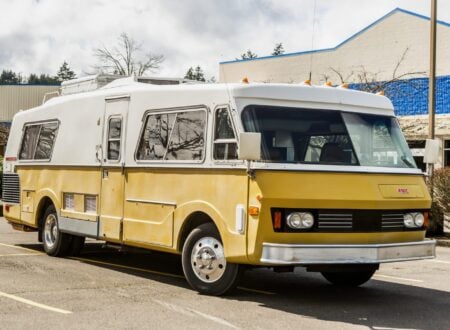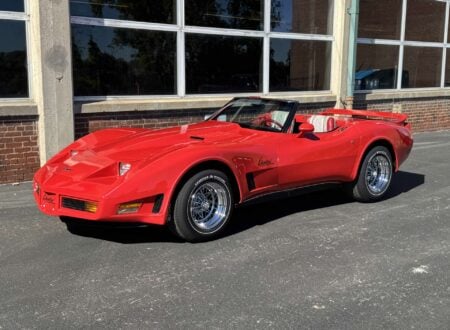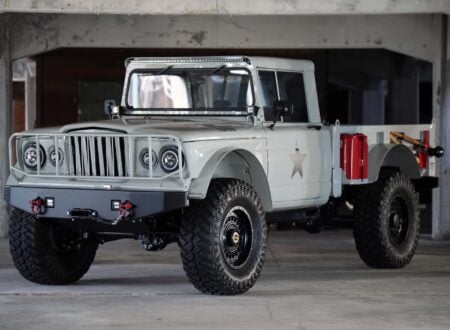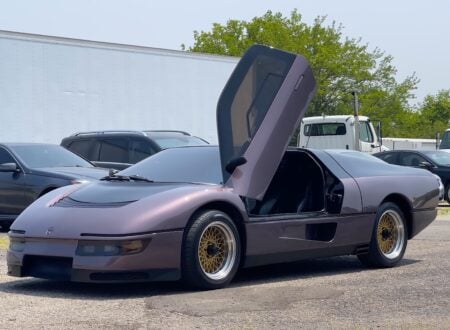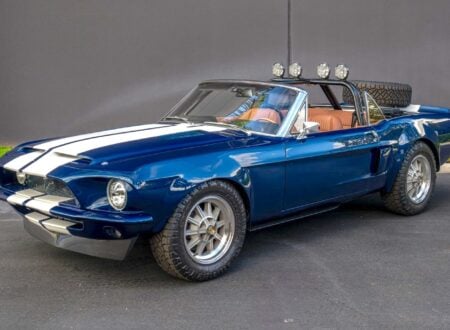The Auto Red Bug was a 100% electric vehicle made in the 1920s, and the example you see here is said to have belonged to Lou Costello of the Abbott and Costello comedy duo.
Back in the early 1920s the Auto Red Bug sold for just $125 USD, even accounting for inflation that was just $2,292 USD in 2024 dollars. The cheapest Model T Ford you could buy in 1924 cost $290 USD, and the average annual income that year in the US was $2,196 USD.
Fast Facts – The Auto Red Bug
- In the long and storied history of electric cars, one important early model is often left out, it was called the Auto Red Bug and it was produced by the Automotive Electric Service Corporation of North Bergen, New Jersey.
- The Auto Red Bug has started out as the Smith Flyer back in 1915, produced by the A.O. Smith Company in Milwaukee, Wisconsin until 1919 when the design and rights were bought by engine manufacturer Briggs & Stratton and turned into the Briggs & Stratton Flyer.
- The fundamental design of the car and its chassis changed little over its production. It had solid axles front and back with bicycle-type wheels and fenders. The chassis was made of wood which was designed to be flexible and offer some rudimentary suspension. There was seating for two, and a rear mounted engine.
- Early models used a “fifth wheel,” a powered additional wheel that could be lowered when you wanted to move and lifted when you wanted to stop. Later models were offered with batteries and an electric motor powering a rear wheel, making it one of the world’s first true economy electric cars – if not the first outright.
The Cheapest Production Car Ever Made
In 1914 a small firm named the A.O. Smith Company in Milwaukee, Wisconsin were putting the finishing touches on their new vehicle. Though it was technically an automobile it could probably best be described as a cycle car, and decades later it would be recognized as the cheapest production car ever out into production.
Above Video: This is the Abbott and Costello skit “Who’s On First,” it’s one of the most famous, and most memorable comedy skits of the 20th century. The Auto Red Bug shown in this article is said to have originally belonged to Lou Costello (one the left in the above thumbnail image).
The name of this unusual little car was the Smith Flyer and the reason it was so cheap, just $125 USD, was that it had chassis made from wood, and such minimalist construction that Frank Stella himself would have dropped to his knees and wept tears of joy if he had ever seen one.
This wooden chassis acted as both the backbone of the vehicle and its suspension, allowing some flex to absorb bumps, and reduce the tooth chattering nature of a vehicle with two solid axles, no traditional suspension, and rather small bicycle tire sidewalls.
This wooden chassis is why the car was often called the “Buckboard.” The motive power for the Smith Flyer was a little unusual. A “Motor Wheel” was attached at the back, this is a small bicycle-type wheel with a single cylinder engine attached to the side and a fuel tank on top.
Motor Wheels were designed to be attached to the back of a bicycle and turn it into a rudimentary motorcycle, but the A.O. Smith Company realized they could also power a lightweight two-seater.
There was no clutch to speak of, the driver would fire up the Motor Wheel in an elevated position, then use a lever rising up through the floor of the Smith Flyer to lower it to the ground when they wanted to start moving. If they wanted to stop they would use the lever to lift the wheel off the ground again.
Briggs & Stratton Take Over The Flyer
The A.O. Smith Company managed to sell a reasonable number of Smith Flyers, enough that Briggs & Stratton bought out the rights and tooling to produce it themselves in 1919.
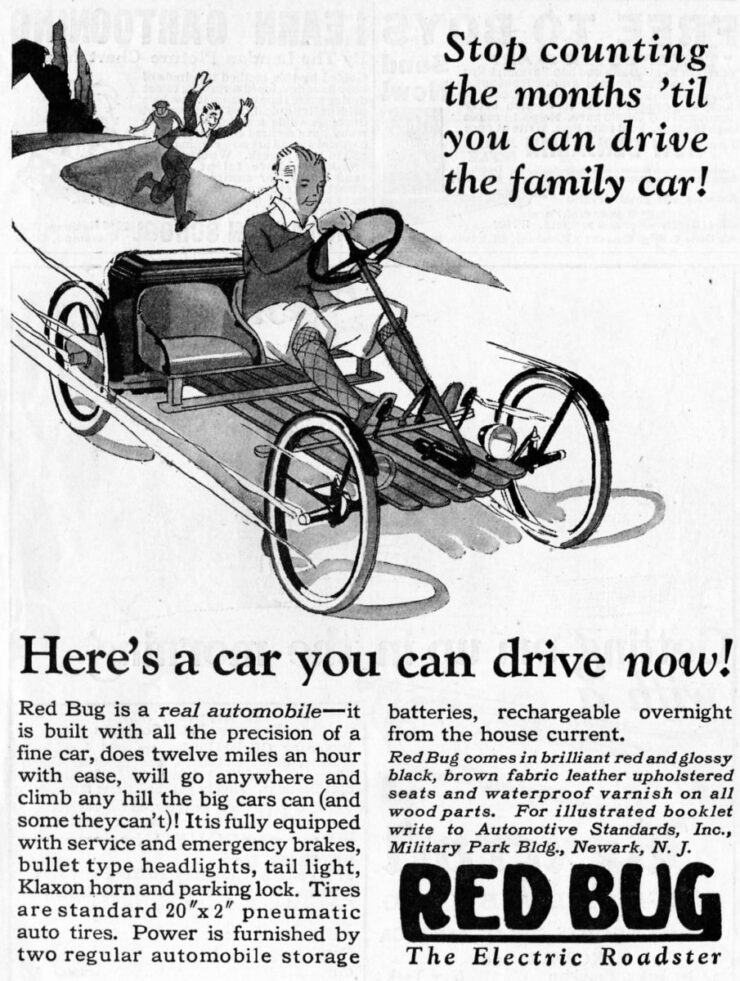

Briggs & Stratton Also bought the rights for the Motor Wheel, allowing them to produce the entire vehicle in-house. They integrated a raft up upgrades, including more power and better reliability, and called it the Briggs & Stratton Flyer.
By the mid-1920s, as the Model T Ford became ever cheaper to buy new and even cheaper to buy secondhand, the demand for the Flyer had dropped considerably. Briggs & Stratton sold the rights to the Automotive Electric Service Corporation of North Bergen, New Jersey.
The Electric Flyer Debuts: The Auto Red Bug
Two versions of the Flyer were developed, the original gasoline-powered version was called the Red Bug, as the metal was all painted red and it was said to be the size of a bug. The new version of the Flyer, which was developed at the Automotive Electric Service Corporation, was a fully-electric vehicle called the Auto Red Bug.
The Auto Red Bug had a battery box behind the driver and passenger seats containing two lead acid car batteries, and there was now no distinctive fifth wheel. They used an electric motor from the Northeast Company to power one of the rear wheels, interestingly this was the same electric motor used in many Dodge Brothers vehicles of the time as their starter motor.
The Auto Red Bug was a very simple vehicle, but it was also remarkably reliable, unlike the gasoline powered cars of the time. It also had no transmission or clutch, you simply put your foot on the accelerator to go, and pushed the brake to stop.
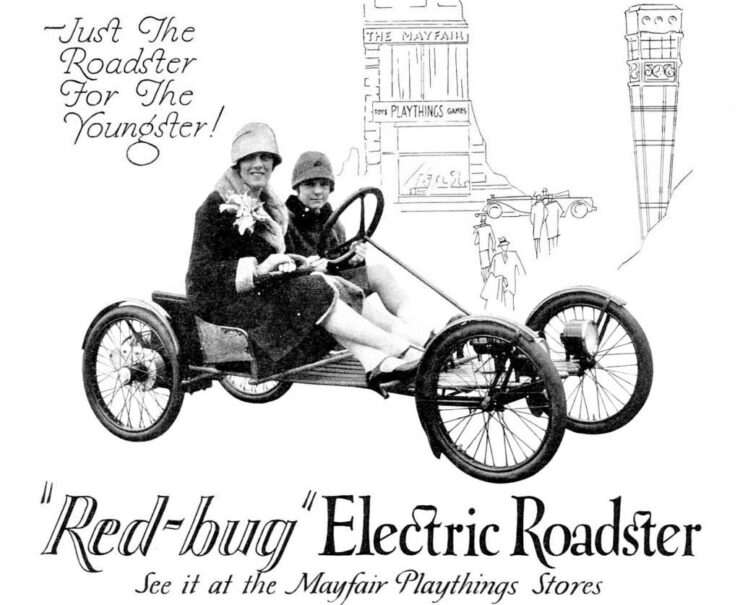

It could be recharged at any standard power outlet overnight or in a few hours depending on the state of discharge, and it didn’t blow any smoke or drop any oil like the majority of automobiles of the era.
The Auto Red Bug was marketed largely to women, thanks in large part to the above mentioned advantages, and it sold well enough to remain in production until 1930. There were Indian Motorcycle was going to buy the design, but they themselves were acquired and any plans that may have been in motion were shelved.
Interestingly, the Auto Red Bug became a popular buggy-type vehicle for use at holiday resorts. They were small and easy to drive, so guests could use them for getting around without the worry of handling a full size car on smaller and often busy resort roads and tracks.
The Auto Red Bug Shown Here
The Auto Red Bug you see here is said to have originally belonged to Lou Costello of the legendary comedy act duo Abbott and Costello. This may be why it’s one of very few to survive to the modern day.
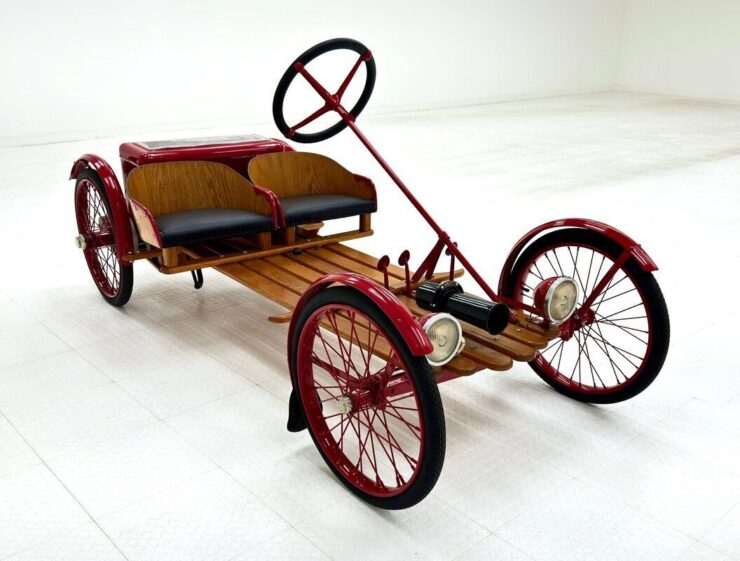

This example now benefits from a full restoration, and it’s now a show winner, having won a National AACA Senior First Prize in 2012 and made appearances (and won ribbons) at the Concours d’Elegance of the Eastern United States, and the Edison Concours d’Elegance.
The car is now being sold on eBay out of Morgantown, Pennsylvania through Classic Auto Mall with a Buy It Now price of $17,501 USD. If you’d like to read more about it or register to bid you can visit the listing here.
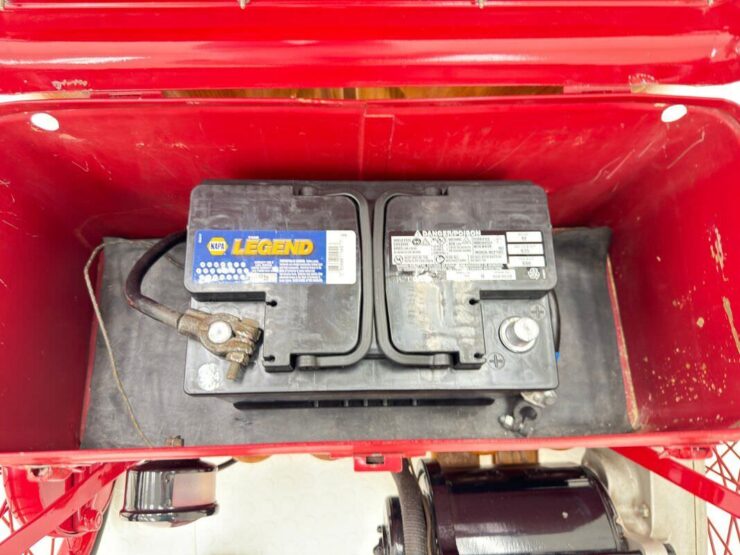
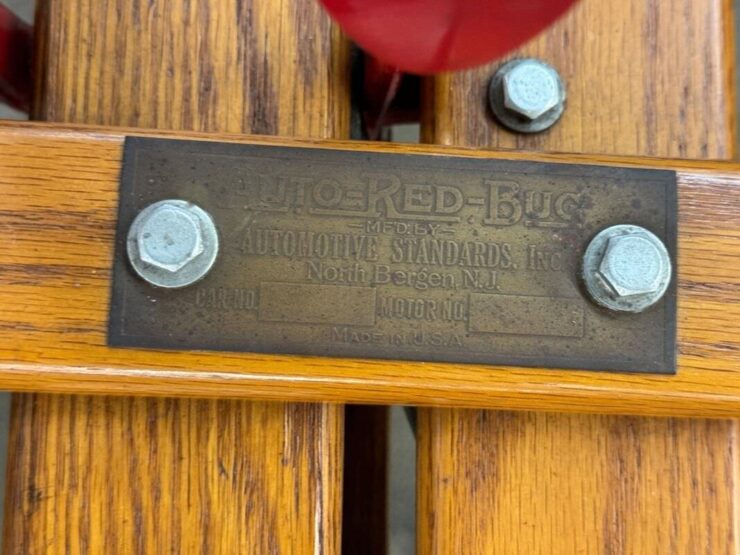
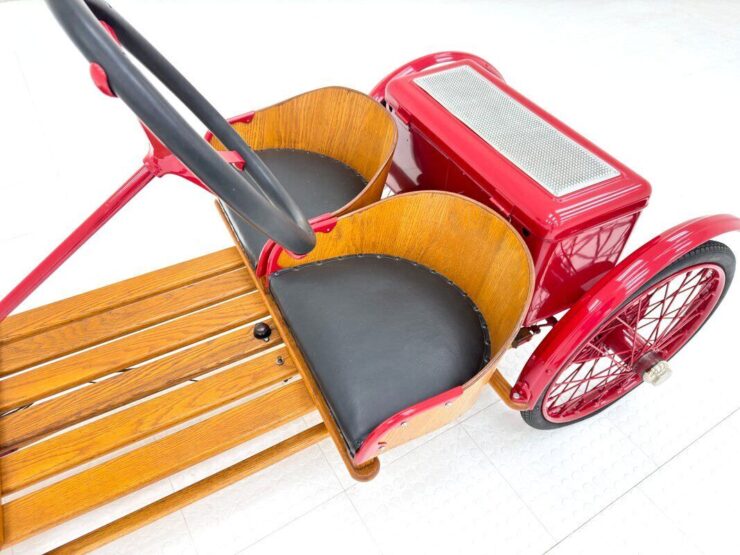
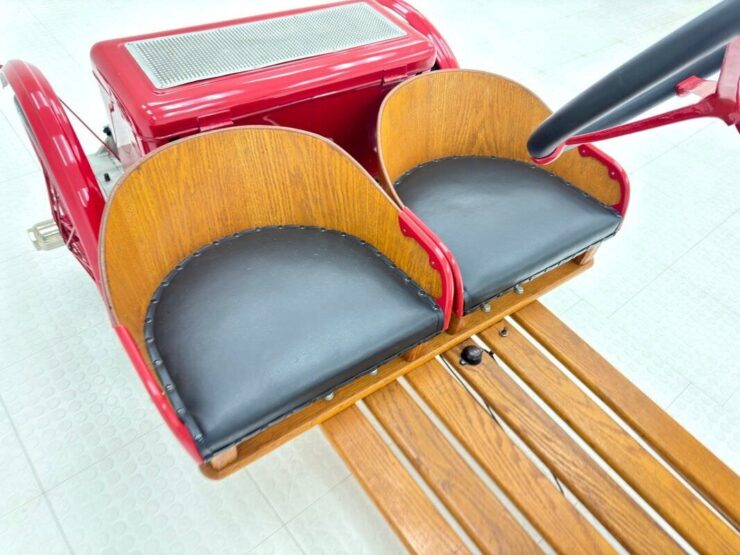
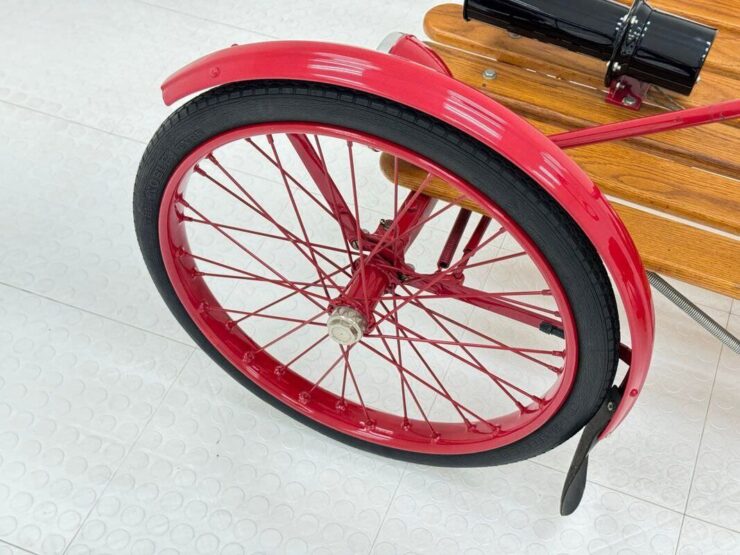
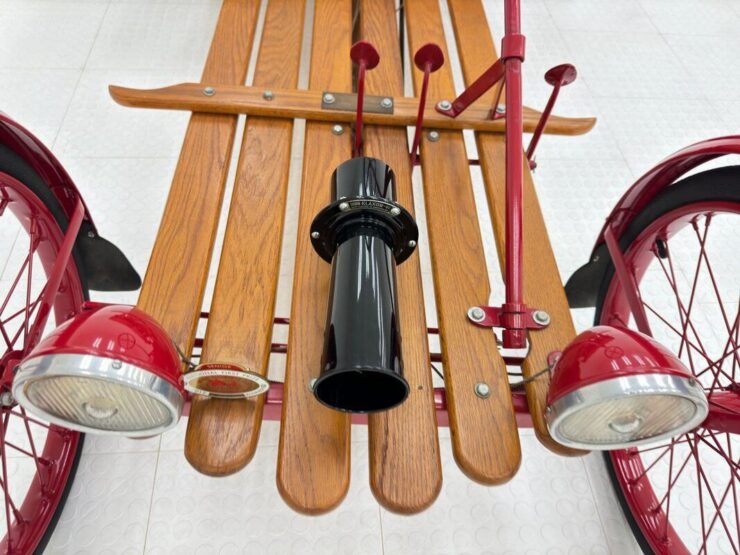
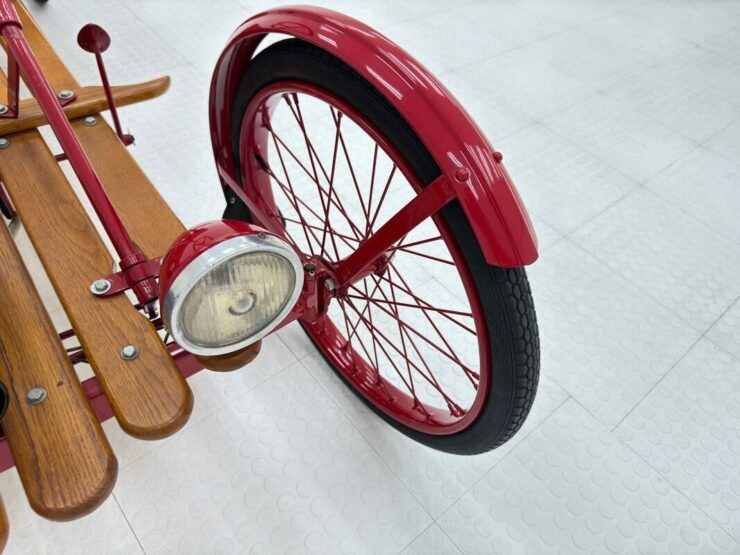
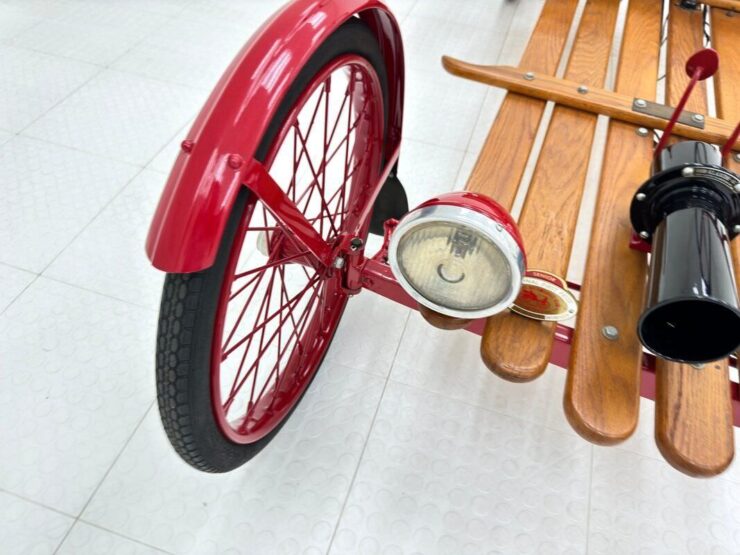
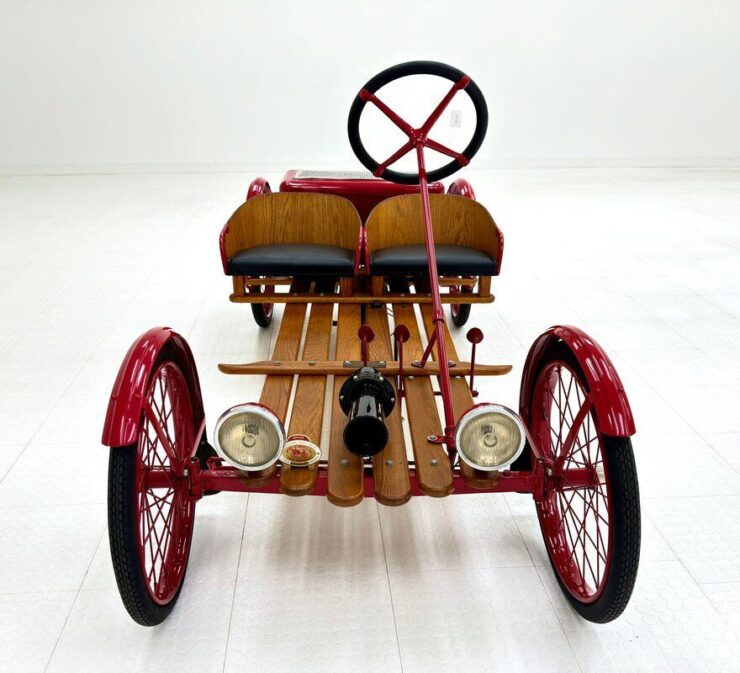
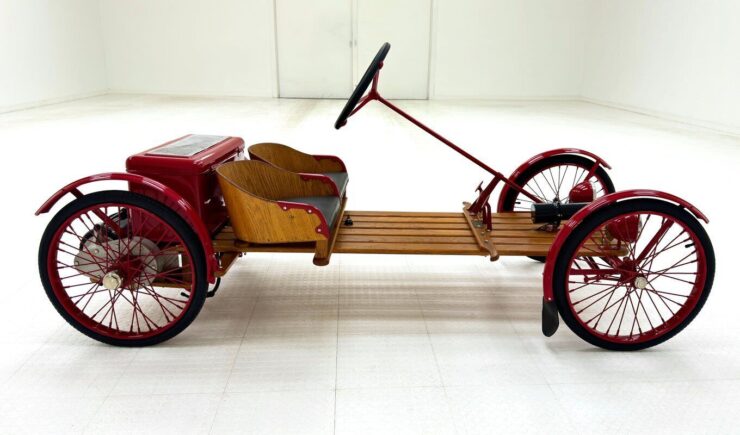
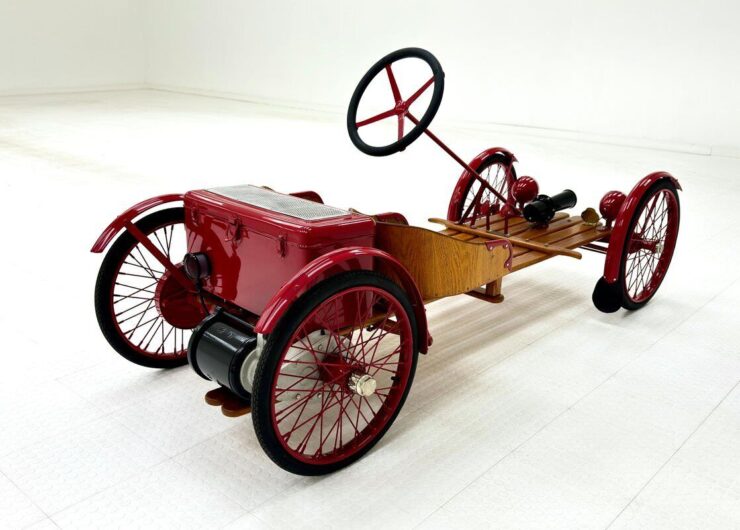
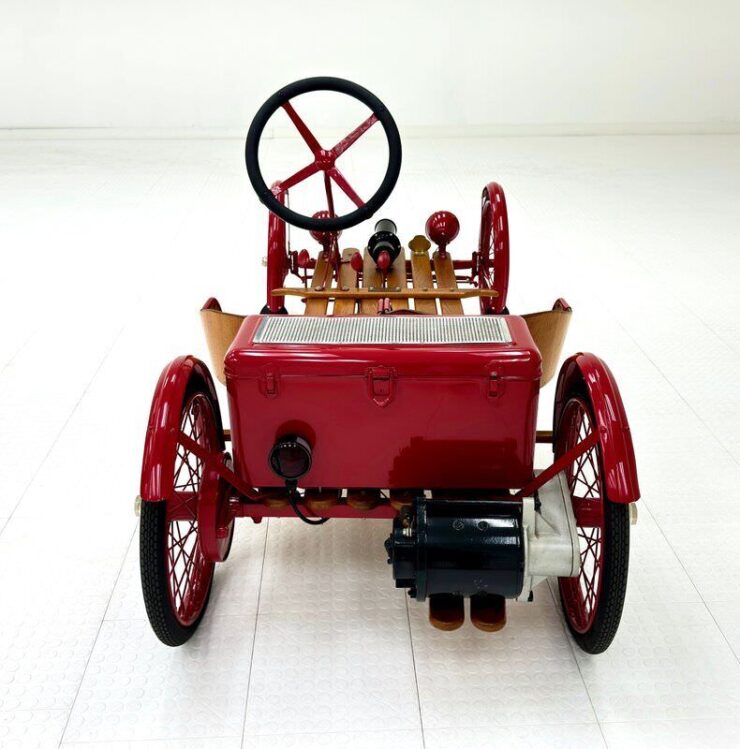
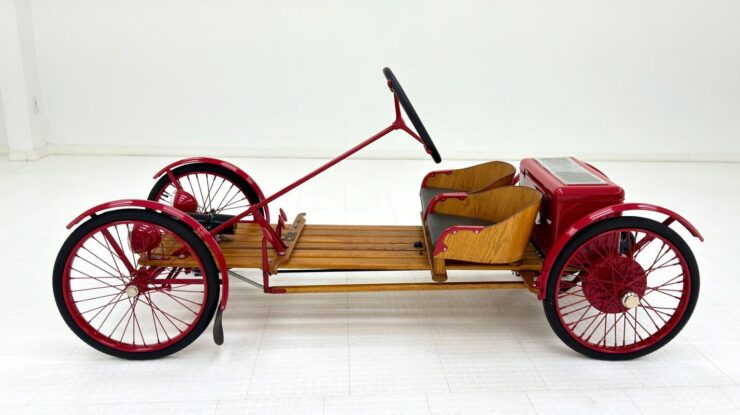
Images courtesy of eBay Motors

